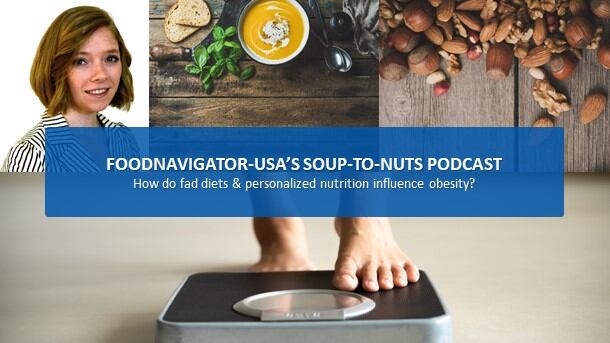According to the International Food Information Council’s massive most recent annual Food & Health Survey released this month, 43% of Americans now claim to follow a specific diet or eating pattern – up from 38% in 2019 and 36% in 2018.
But unlike last year’s top diet of ‘clean eating,’ or the focus on ketogenic or high-fat diet the year before, both of which lent themselves well to ingredient or nutrient-based marketing claims, the top diet followed in 2020 is intermittent fasting – which focuses more on when to eat than on what to eat (or not eat).
According to IFIC, about 10% of the more than 1,000 Americans 18 to 80 years of age surveyed by the group in early April follow intermittent fasting – making it the most popular diet. This barely edged out clean eating, which about 9% report following, and ketogenic or a high-fat diet which about 8% of Americans report following. So, while this year’s diet du jour may not be as market-friendly for individual items, other diets more conducive to product formulation and advertising remain popular.
The top motivator for adopting a new diet remains a desire to lose weight, which was more influential among consumers older than 35 years at 56% compared to those under 35 years at 36%, according to IFIC. Other common reasons for adopting a new diet include a desire to feel better, have more energy, improve physical appearance, protect long-term health and prevent weight gain.
The emphasis placed on each of these motivators varied slightly among different demographic groups, according to Ali Webster, the director of research and nutrition communications at IFIC.
For example, she noted 45% of women said their motivation was to protect long-term health compared to 29% of men who said the same. Differences also emerged between respondents who were single compared to those who were married or had a committed partner with 44% of singles saying they wanted to prevent weight gain versus 28% of those in a relationship who said the same thing.
Notably, incentives by employers or health plans, “which have taken off in the last few years,” held very little influence over survey respondents, Webster said, noting less than 10% of people cited this as a reason for adopting a new diet.
Healthfulness rises above weight management
While weight loss remained a primary motivator for adopting a new diet, IFIC found more Americans reported caring about their overall health more than weight management when selecting something to eat or drink.
According to the survey, “Nearly six in 10 Americans also say the emphasis they place on their overall health when making decisions about what to eat and drink has increased, surpassing the emphasis placed simply on one’s weight.”
Although, the survey adds the difference isn’t much with 80% reporting that they placed more emphasis on overall health when making consumption decisions versus 70% who placed more emphasis on weight. This is significantly different than 10 years ago when just under 60% reported emphasizing somewhat or much more their overall health when selecting food and beverages compared to slightly more than 50% who focused more on weight.
Despite this shift in degree of healthfulness versus weight, IFIC found that taste and price continue to dominate the selection process as the top factors for most consumers.




